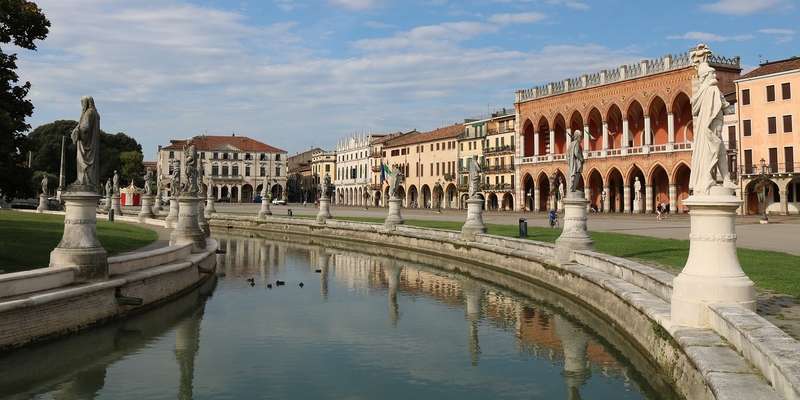- Home
- Useful Tips
- Visiting Padua's ancient Roman...
Exploring Padua's ancient Roman amphitheater with children presents unique challenges many parents underestimate. Over 60% of cultural site visitors report leaving earlier than planned due to bored or restless kids, cutting short what should be enriching family experiences. The exposed ruins offer little shade in summer, while uneven terrain tests little legs. Most concerning, without proper engagement strategies, children miss the site's historical significance, reducing it to just 'old stones.' Yet these 1st-century BCE remains hold incredible potential for sparking young imaginations about gladiators and Roman life. The key lies in transforming the visit from a passive walk through rubble into an interactive adventure tailored to family needs – something most generic guidebooks fail to address.


Keeping kids engaged at ancient sites without constant entertainment
The secret to holding children's attention at archaeological sites lies in pre-visit storytelling and on-site discovery games. Local educators recommend introducing the amphitheater through gladiator stories or Roman daily life a week before your visit. Pack a small notebook for kids to sketch what performers' costumes might have looked like or tally different stone types they spot. Archaeologists confirm that tactile engagement boosts retention – let them safely touch designated areas while discussing how the stones were cut. Play 'I Spy' with architectural features like the vomitoria (entry passages) or have older children photograph details to research later. These techniques transform the space into a living classroom without screens or gimmicks.
Navigating safety and comfort at the open-air ruins
Padua's amphitheater lacks modern facilities, requiring smart preparation. Local parents swear by early morning visits between 8:30-10am when temperatures are mild and crowds thin. Sturdy sandals with grip soles prevent slips on ancient paving, while wide-brimmed hats protect against sun exposure across the unshaded arena. The site permits small backpacks – pack frozen water bottles that thaw slowly, protein snacks, and a basic first aid kit for minor scrapes. For toddlers, consider a lightweight carrier instead of strollers due to uneven surfaces. Pro tip: The northern section near Via Umberto I often has breezes and scattered benches for quick breaks.
Turning history into adventure with local family tours
Several Padua-based guides specialize in bringing ancient history to life for young visitors. The top-rated family tour incorporates replica artifacts kids can handle, like miniature oil lamps or reproduction coins, creating tangible connections to the past. These experts use interactive timelines where children arrange events like 'gladiator training' or 'animal shows' in chronological order. Some tours include treasure hunts for specific architectural features with small historical prizes. For self-guided options, the tourist office provides free activity booklets with puzzles tied to site landmarks. Evening 'torchlight' tours (using LED lights) during summer months dramatically reimagine the space while avoiding midday heat.
Extending the learning beyond the ruins
The amphitheater experience continues at Padua's Museo Archeologico, where child-friendly displays showcase artifacts excavated from the site. Interactive screens reconstruct the original structure, helping kids visualize the complete elliptical shape. Nearby, Palazzo Zuckermann offers hands-on Roman craft workshops on select weekends. For lasting memories, visit Libreria Pel di Carota for historical fiction books about Roman children, available in English. Many families pair the visit with Padua's famous botanical gardens, where a 'Roman medicinal plants' trail creates thematic continuity. These connections deepen children's understanding while providing necessary variety during your cultural day.



